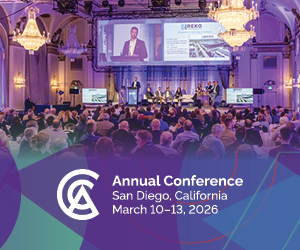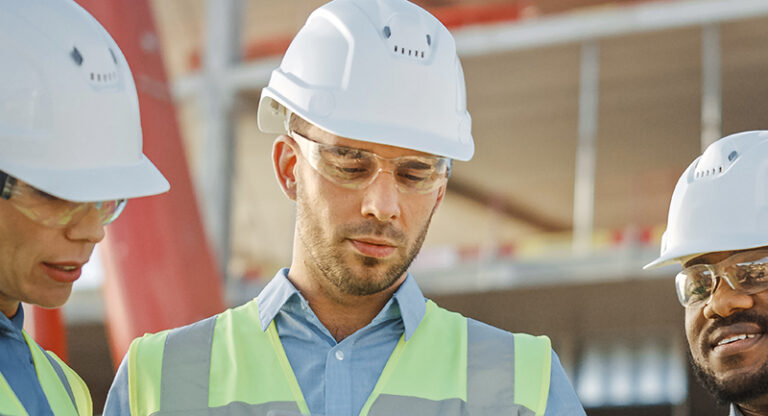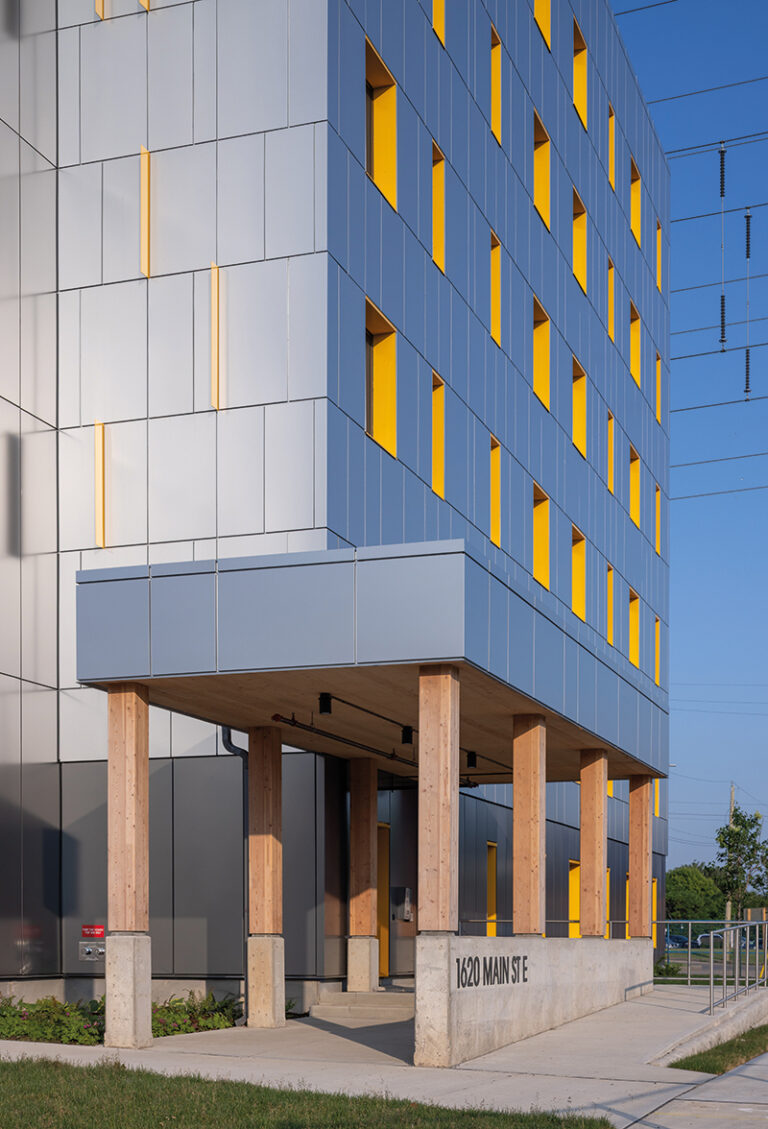The federal government’s release of the Pan-Canadian Framework on Clean Growth and Climate Change has provided a roadmap for how this country will be guided towards a low carbon economy.
The framework, which provides direction on carbon pricing, emissions reduction, resilience, and innovation, has been lauded by associations pushing for the further implementation of sustainability measures into the construction and rehabilitation of Canada’s infrastructure.
Inside the document, specific approaches are outlined for each of the key sectors where lowering emissions is targeted: energy, built environment, transportation, industry, and forestry and agriculture. It also outlines commitments needed by the provincial and federal governments to show leadership in clean growth.
In discussion with Canada Green Building Council CEO Thomas Mueller, the impact of investing in rehabilitation as a way to reduce emissions.
“This was one of the core things that we advised the government on, that they should pay attention to,” Mueller said. “In the past, we always thought there was a focus on housing, […], but our existing building stock, to date, they have been largely ignored. So it was really good for us to see that the federal government has actually focused on building energy efficiency in existing buildings.”
The document suggests that building rehabilitation projects could be supported by such actions as “innovative policies like labelling a building’s energy performance, establishing retrofit codes, and offering low-cost financing for retrofits.”
The CaGBC ‘s research shows through rehabilitation of Canada’s existing building stock, approximately 100,000 building at 25,000 sq. ft. or greater, the carbon benefits would be three times greater than if you took all new builds to net zero carbon. In real numbers, that translates into approximately 17-18 million tonnes of reduced emissions.
The framework includes developing and adopting a “net-zero energy ready” model building code by 2030, and more stringent model building codes by 2020. There is also an expectation for the development of a model code for existing building by 2022, once that will be adopted by all provinces and territories.
To get there, according to Mueller, there are still actions that need to be taken.
“We need to change the conversation from energy to carbon,” Mueller said. “This is about carbon, this is not about energy. You can have a very energy-efficient building that stills produces a lot of carbon.”
With the framework established, one that provides real direction for moving forward with the creation of Canada’s low-carbon economy, all eyes now shift to the release of the federal budget.
“I want to say that the devil is in the details, but the devil is in the implementation.”











